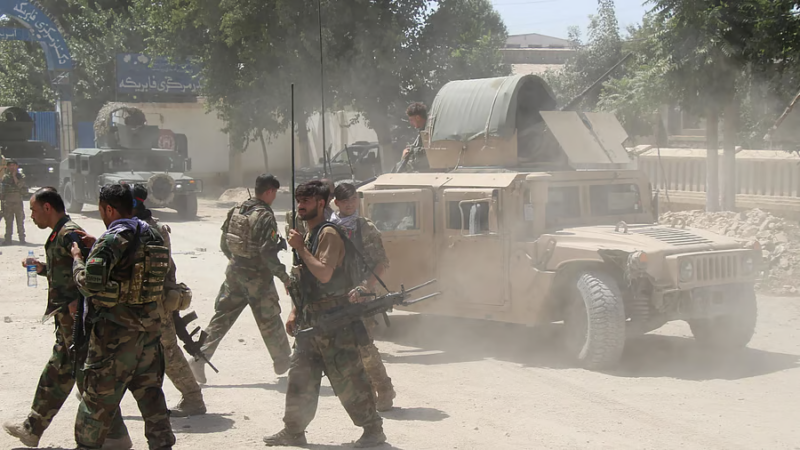Is PoK witnessing a civilian mutiny?

Is a civilian mutiny sweeping across Pakistan-occupied Kashmir?
Another May 9 event in the disputed territory?
The capital city of Pakistan-held Kashmir, Muzaffarabad, was shut down with businesses closed and vehicles off the road with people seething with anger over the massive police crackdown. Pitched battles were fought in many neighbourhoods with stone pelting and intense tear gas shelling on people.
Such protests have often been punctuated with calls for independence getting louder. In August 2019, over a hundred protesters were teargassed and arrested for demanding independence. There have been such protests and demands in the region as Pakistan treats it and its people as second-class citizens.
The region had been turned into a militant hub with many pro-establishment militant groups given vast parcels of mountains to set up training camps and run terrorist training for decades.
The current civil disobedience movement has been going on for months over inflated electricity bills and wheat prices. A large number of residents have refused to pay their bills since last summer.
The sweeping public protest was triggered by police arresting leaders and protesters in overnight raids in Muzaffarabad and Mirpur. Most of the arrested were from the Jammu Kashmir Joint Awami Action Committee which had called a long march towards Muzaffarabad on May 11.
The protests erupted across the region with people angry at unjust taxes levied on electricity bills. A massive shutter-down was organised in August last year after the government refused to pay any heed to public protests. People demanded that electricity be offered to consumers per the region’s production cost of hydel power. Only when the people refused to relent was a ministerial committee set up which also agreed with the public demand in December last. But with no solution in sight for months, the Joint Action Committee announced a long march to Muzaffarabad on May 11.
A 2021 report of the Senate committee had stated that the region created 2,700 MW to Pakistan’s power grid. Two major hydroelectric projects, the Mangla Dam and the Neelum-Jhelum plant provided for over a third of Pakistan’s around 8,000 MW hydropower generation. The region has triple the hydroelectric potential. Since the electricity prices were determined by the National Electric Power Regulatory Authority’s (NEPRA) formula, the region’s population were charged a rate of over 30 Pakistani rupees per unit where the production cost was less than than 2 rupees per unit. What has irked the residents even more is the persistent load shedding.
Hundreds of protest leaders were rounded up in a crackdown with traders clashing with the police in several areas. Police resorted to fierce teargassing. One of the shells fell into a school, causing severe distress to several female students. People replied by pelting stones at the police. Does this latest round of civilian dissent a precursor to a civilian mutiny against the establishment?






